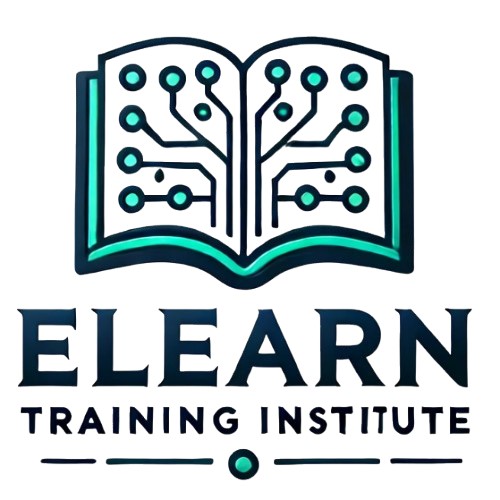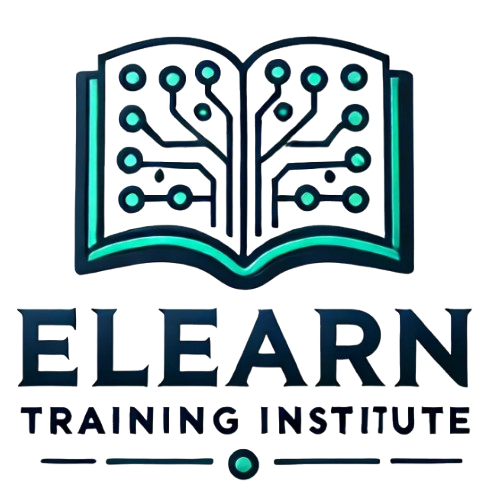Course Overview
Basics of Natural Language Processing (NLP) for LLMs.
Natural Language Processing (NLP) is a subfield of artificial intelligence (AI) that focuses on enabling computers to understand, interpret, and generate human language. NLP is essential for building models like Large Language Models (LLMs), including LLaMA (Language Model from Meta).
Key NLP Tasks for LLaMA:
- Text Generation: Producing meaningful text based on input prompts.
- Text Classification: Categorizing text into predefined classes (e.g., sentiment analysis).
- Named Entity Recognition (NER): Identifying names, locations, dates, etc., within text.
- Translation and Summarization: Converting text between languages or summarizing large documents.
Tokenization, Text Preprocessing, and Embedding Techniques
Tokenization is the process of breaking text into smaller units called tokens, which can be words, subwords, or characters. Tokenization is crucial because models like LLaMA understand language in terms of tokens.
- Word Tokenization: Splitting text into individual words (e.g., “I love NLP” → [“I”, “love”, “NLP”]).
- Subword Tokenization: Breaking down words into smaller meaningful parts (e.g., “unhappiness” → [“un”, “happiness”]).
- Byte Pair Encoding (BPE): A common method used in LLaMA for subword tokenization.
Text Preprocessing involves preparing the raw text for use in machine learning models:
- Lowercasing: Convert all text to lowercase to maintain consistency.
- Removing Punctuation/Stop Words: Eliminate unnecessary words and punctuation to focus on meaningful content.
- Stemming/Lemmatization: Reduce words to their root form (e.g., “running” → “run”).
Word Embeddings represent words as vectors of numbers, capturing semantic meaning. LLaMA and other LLMs typically use pre-trained embeddings like Word2Vec or GloVe for understanding the relationships between words.
- Contextual Embeddings: LLaMA uses embeddings that vary based on context, generated by the model during training, unlike static embeddings.


